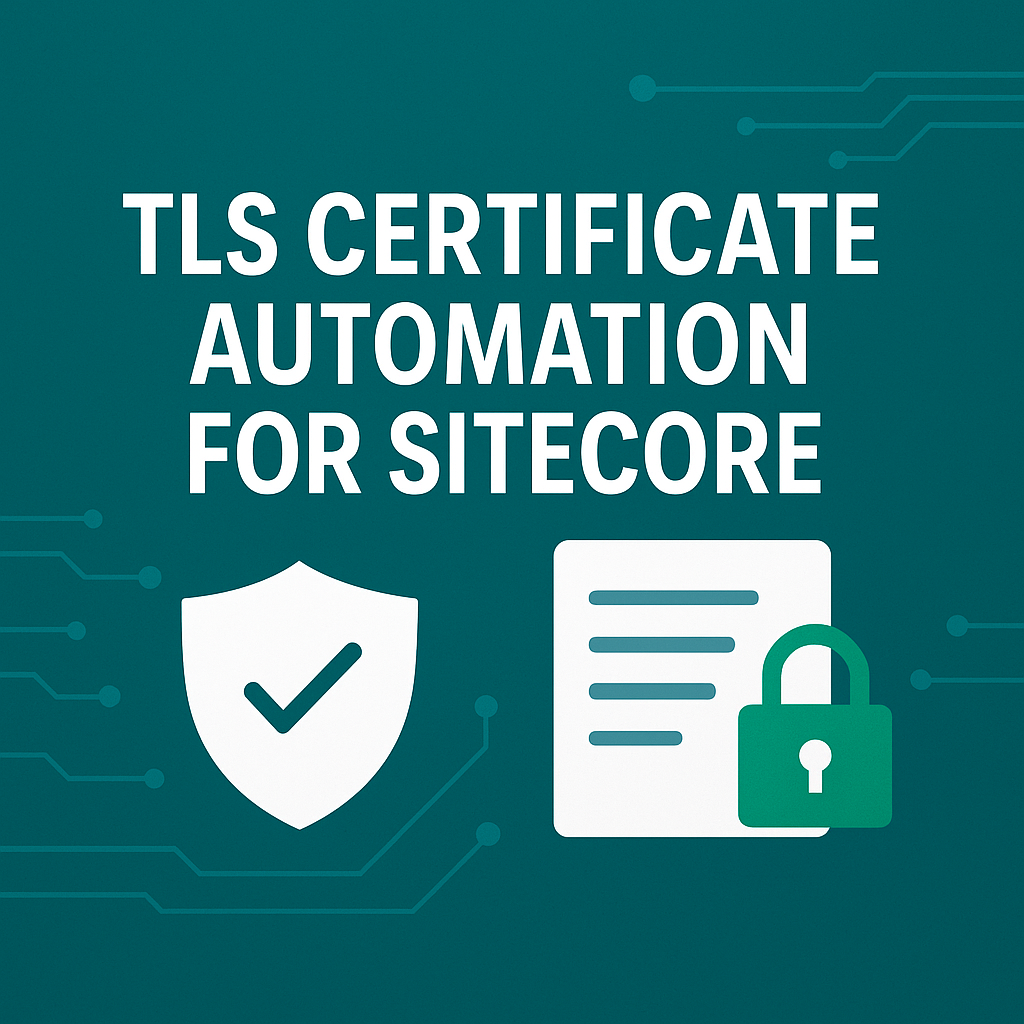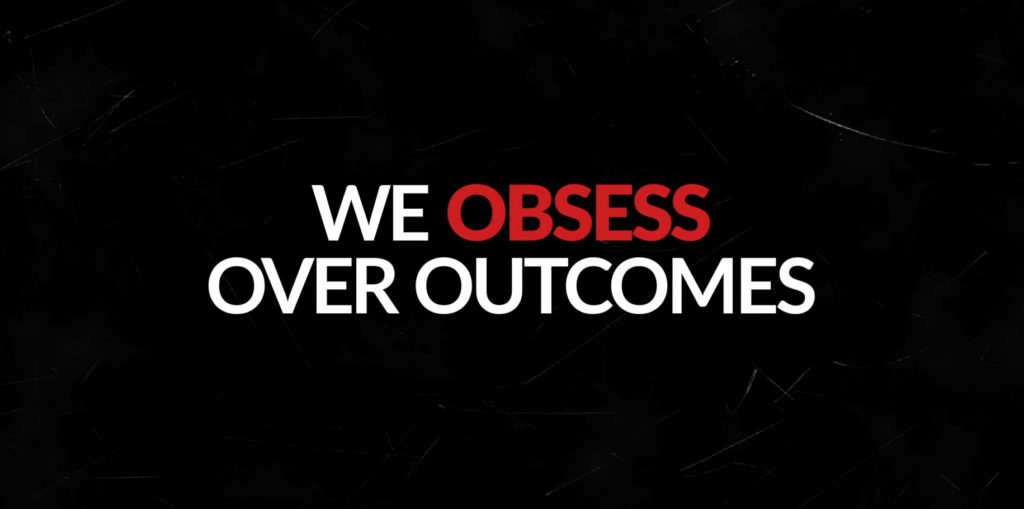Building a Foundation: Knowing Your Customers & Business Goals
Knowing Your Customers
The foundation for building a great customer experience across all your channels is the ability to walk in your customers’ shoes. Understand their demands and challenges. A few questions you may ask:
What are the key stages of your customer journey?
What are customers searching for?
Where do they seem to make the most actionable clicks?
Where on the journey or website are you losing customers?
What emotions/actions do they take across your customer journey?
The list can be infinite on what you might explore to better understand your customer requirements but the best place to start is to look at your website analytics and understand how people are navigating through your website. Setting up explorations within Google Analytics 4 can give you key insights into how people are navigating and how people are triggering events and converting.
Another valuable resource: Hands-on customer research. This includes surveys and holding customer/stakeholder interviews that can give you invaluable information about where you are succeeding and where you might be able to improve your customer experience.
By getting to know your customers and understanding their motivations and needs, you can deliver relevant, meaningful content to create a 1:1 conversation with them.
Know your business goals: What are your business’s goals? The answer will always be “more revenue” – but the question is what drives that revenue? Is it donations? Do you have an e-commerce site? Is your site helping build a lead pipeline? Ensure your teams are aligned on what your overall business goals are for your channels and determine what you can measure and track. Fun Fact: You can set up custom goals in Sitecore Personalize, plus you can leverage other tools such as Google Tag Manager.
Operational Model
Personalization is a strategic way to deliver useful, relevant content to ultimately grow your business’s revenue, and customer loyalty and advocacy. This should involve a cross-functional team to support personalization efforts – from new content to design to development. Here is what your operational model could look like to successfully support Personalize.
*Adapted operational model from Sitecore
This operational model will help support the “Sitecore Success” methodology. It’s a tried-and-true approach for implementing testing and personalization, not only on your site but across all your channels.
The Approach
What is the approach? Build, Measure & Learn
Let’s take a deeper look into what each stage involves and how your team will come together to build a great customer experience.
Build Phase:
The “kick-off” stage. The team will start discussing ideas and logistics, building out necessary templates and developing a strategy to start your personalization efforts. Here is what each role will be responsible for:
Strategy & Analysis team is responsible for building ideas for A/B tests and personalization. Define the most important outcomes (goals) for these experiments/experiences and hypothesize what those outcomes will be based on variables.
Content team is responsible for writing headlines, descriptions, callouts and new content to speak to your different customers/their needs.
UX Design team is responsible for gathering digital assets and designing new components.
Development team is responsible for building out key components to help launch the experiences and experiments for your channels. A few items include web templates, audience templates, decision models and more. (We will explore these features of Sitecore Personalize in later blog posts).
Measure:
The second stage of the cycle – Measure. At the end of the experiences and experiments – this is where you can collect data in Sitecore Personalize as well as other analytical tools to review important metrics such as goals reached, revenue increase and more. Let’s break down what each team will be responsible for in this stage:
Strategy & Analysis team will review the analytics of the experience(s) or experiment(s). Look to see if your hypotheses were on the mark or a little bit off.
UX Design and Content team may be able to take a less involved role in this stage of the personalization. However, keep the team informed of findings so they can adjust and plan accordingly for the next stage of the cycle.
Development team will review processes and identify areas of opportunity to improve efficiency and development process to support marketing teams’ experiments and experiences.
Learn
The last part of the stage is dedicated to a retrospective. This stage is focused on collecting research to refine and implement a cohesive plan for your next cycle. Each cycle will become more efficient and calculated. Let’s take a deeper look at each team’s responsibility:
Strategy team will be building new experiences and experiments based on analytics. They can start leveraging currently built templates or requesting new templates. Data analysis will continue to gather data and help the strategy team to focus on the biggest areas of opportunity.
Content team is creating new content to support new experiences and experiments.
UX design team is responsible for gathering digital assets and designing requested layouts.
Development team will be responsible for building out needed features within Personalize from the backlog. Take the opportunity to refine and become more proficient in developing templates for your marketers.
Build. Measure. Learn. & REPEAT.
This approach and operational model will help support ongoing testing methods, allow for innovativeness, and prevent your efforts from becoming flat-lined. You will start building an unmatched customer experience and driving revenue for your business.
Sitecore Personalize is flexible, scalable and will play a big part in your overall DXP. Follow along for more blogs to come digging deeper into Sitecore Personalize.
Looking for a partner to walk the journey with you? Contact Perficient today.





Leave A Comment